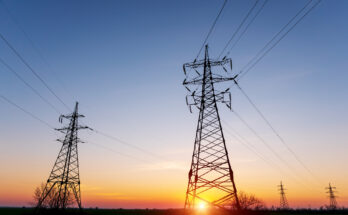While certain environmental metrics have seen advancements throughout the EU, there’s a pronounced gap between individuals of various income brackets in Europe. Those with lower incomes significantly suffer in terms of their local environment and living accommodations. Residents in particular southern and eastern EU nations frequently cite below-par living environments. Nonetheless, enhancements in indicators at the residential scale – such as pollution control, waste management, and public transportation usage – suggest that communities are becoming increasingly habitable.
The recent study titled ‘Eco-friendly, Pure, and Eager to Align? An analysis of the environmental quality of life in the EU’ delves into the environmental standings of EU Member States and investigates how the differences in their standings have decreased since the early 21st century. This study is a collaborative effort between Eurofound and the European Environment Agency. It delves into three primary analysis tiers: major metrics, residential metrics, and domestic metrics.
Differences among the EU Member States have narrowed, and there has been an enhancement in many pollution-related environmental metrics over the previous two decades. To maintain this upward trajectory, efforts should target three domains where inconsistencies have been observed: the standard of living spaces; energy deprivation; and mass transit. In the domain of housing, for instance, there was a notable surge in the percentage of people residing in homes with moisture, seepages, or decay from 2019 to 2020. This surge was most evident in Cyprus, which already led the tally, rising from 31.1% to 39.1%. Conversely, in Finland, 4.5% of the populace mentioned these problems, a slight increase from 4.1% in 2019.
Metrics concerning matters like air contamination have shown more favorable trends, with marked reductions in lifespan years forfeited owing to PM2.5 exposure from 2005 to 2019. [1] This decline was most significant in nations with the steepest overall figures, especially in Bulgaria, Romania, Hungary, Croatia, and Greece. On the whole, Bulgaria, Poland, and Romania have the steepest figures for lifespan years forfeited due to PM2.5 exposure, while the lowest are in Sweden, Ireland, and Finland. Regarding achieving EU and domestic environmental objectives, residential- and family-centric environmental targets might require stricter or more prompt policy actions than the existing ones. Both overarching strategies and routine remedies are essential, and regional and state bodies aiming for environmental improvements could adopt proven methods recommended by Member States and the EU. In the future, broadening the EU’s energy and resource utilization through green energy and cyclical economy strategies would expedite the environmental shift, mitigate the impact of potential energy and resource challenges, and especially safeguard the economically disadvantaged.





